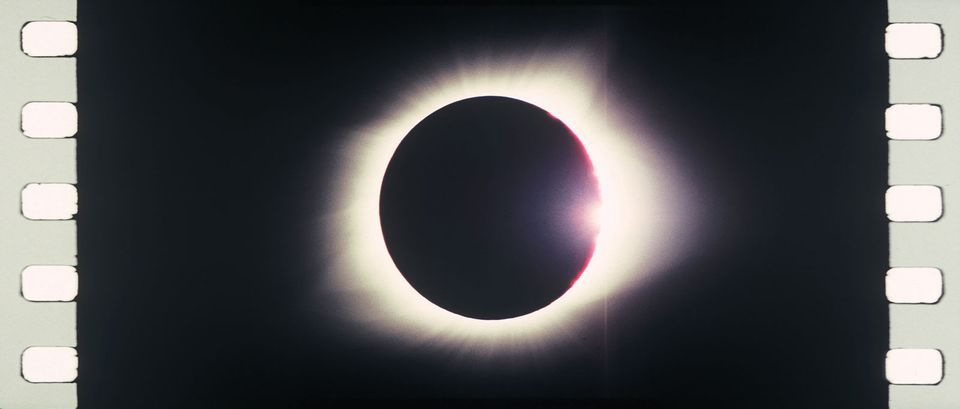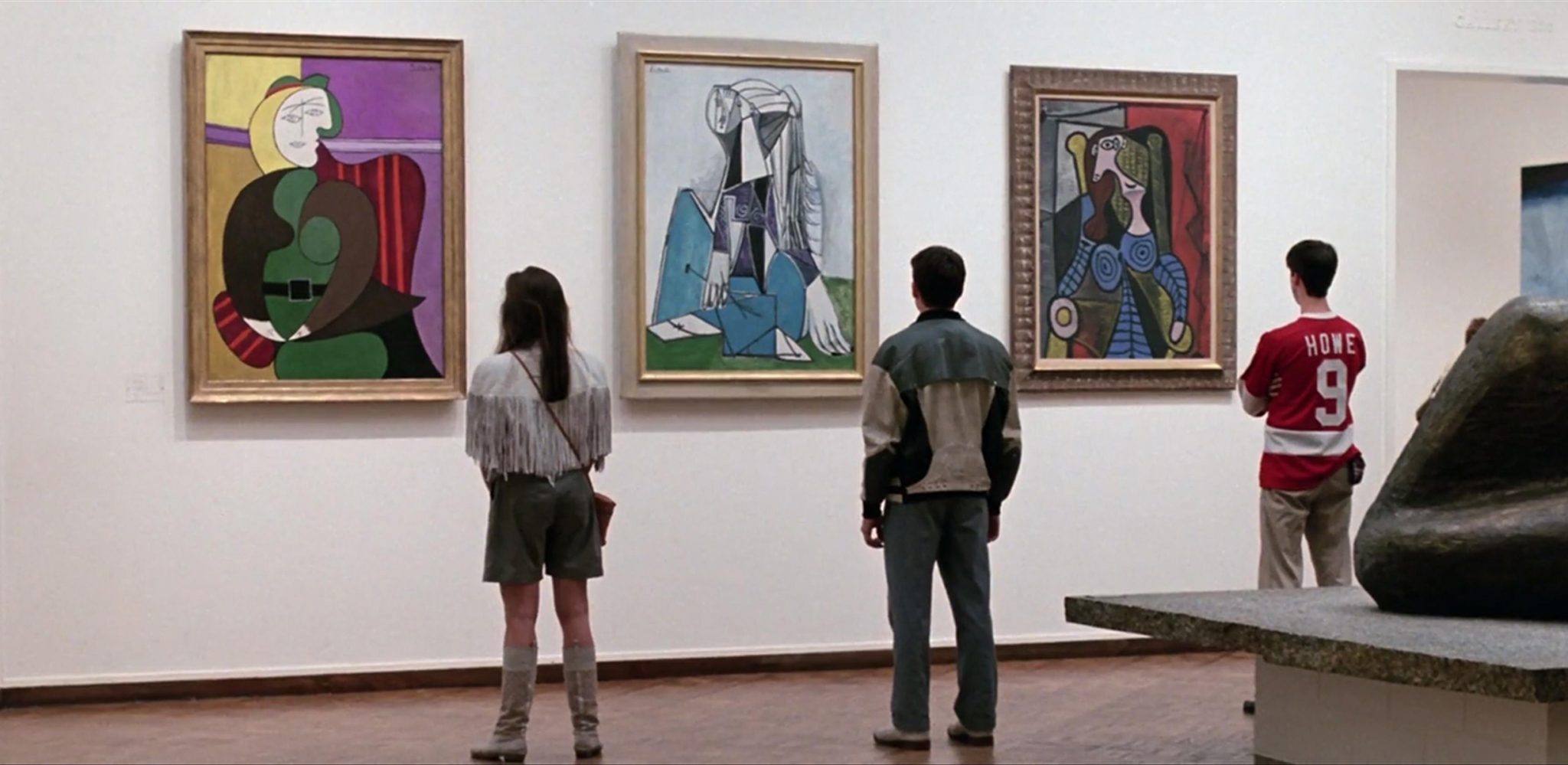If a great exhibition is the end that justifies all the mess, then a year of barely seeing one grates on the nerves
In 1997, Tracey Emin had an exhibition at the South London Gallery titled I Need Art Like I Need God. The phrase sticks in my mind because it’s so excessively melodramatic. And because until about a year ago I would have agreed with it: I don’t truly need either, thanks. But then the pandemic hit, and that changed. Over the ensuing months, while I’ve continued to operate in some capacity in the artworld (and, more importantly, to pay attention to it) without seeing much actual art in reality, answers to the question of what art actually is, what it does, have (ironically) become more apparent to me. It’s the vital recompense for its deeply flawed, highly annoying delivery system, which, without exhibitions to see, is all that’s left.
I hadn’t been so conscious of this previously. I’d been aware, sometimes painfully so, of the fact that the artworld could be a lot more egalitarian – to put it mildly. But then I’d see a strong show and I’d forget about that issue for a while. Nowadays, I’ll hate-browse the Instagram account @cancelartgalleries and note the latest anonymous tirade about exploitative behaviour by directors of a mega-gallery. And then I’ll read elsewhere about that gallery opening an outpost in some luxury enclave, as if to underline how unimportant an interested general public for their shows is. And then I won’t go and see a show, because in Berlin, where I am, they’re all shut. As a result, the irritation doesn’t disperse.
Back in the day – last January, say – it was possible to go around a dozen shows, see a bunch of which (rightly or wrongly) you didn’t approve, but then see one show of which you really did. And that was sufficient reward to encourage you to do it again the next day, or the following weekend. Yes, there’s art-in-repro, or online – hell, even films by Tacita Dean, who’s famously clung to analogue media, are there now – but there’s a rush of haptic information that comes from being in a gallery that’s lost. Most of it is not reducible to words, but you know it when you feel it. Not being able to have that, to get the fix that allows you to put up with all the infrastructure’s myriad wrongs, exposes the viewer as nothing more than a compulsive gambler, addicted at least in part to the uncertainty of the result, in the same way that social media-designers hook users on not knowing whether their posts will pay off. The equivalent of that not-knowing these days is not ‘will I see a good show’ but ‘will the galleries open this month’. And it’s not as compelling.

When we try our luck on the gallery circuit what we’re doing is chasing what psychologist Abraham Maslow called ‘peak experiences’ (those words say all you need to know). By seeing a bunch of shows, and maybe even peeking at the websites first, we’re narrowing the odds. And when we see them, on some level, we think, oh, this is why I put up with all the bullshit. And then, hey presto, it’s back to the bullshit.
In a sense, this is what the functioning artworld is based on: muddling through, compartmentalising, and a great deal of emotional labour provided, consciously or not, by the makers of really good art. Again, there’s a lot of problematic stuff to be distracted from, or inwardly rationalised. A hugely financialised art system that makes some people disgustingly rich and leaves a lot of art workers poor is not, on the face of it, the ideal place for, say, art that concerns itself with earnest political critique, but the artist – and the viewer – muddles through, because what else are you going to do? Artists might have better things to do than come up, as lately, with creative ways of manufacturing scarcity while embracing the digital, partly so that collectors can continue to speculate, but we accept it, maybe saying ‘well, at least it’s something different’. Art ought to be an appeal to the greatest aspects of humanity, but it appears, if those social media posts are to be believed, that a lot of the people who sell it are complete pigs. Yet we patronise their stores anyway, because a better structure hasn’t come along. And let’s not even start with art fairs. Or Instagram artists.
If a great show, the tip of the patched-together pyramid, is the end that justifies all the mess in the preceding paragraph, then a year of barely seeing one – and being in a country that has botched its vaccine rollout to boot – grates on the nerves. It’s a symptom of withdrawal, or of vitamin deficiency, or of an itch that can’t be scratched. Admittedly the problems of the artworld, for an art critic who’s writing about something other than exhibitions are at least material for a column. But if there wasn’t also sometimes spine-tingling or even just pretty good art to engage with, sticking with this business wouldn’t seem at all worth it. So, thanks pandemic! Apparently, for all my grousing, I need art.
I still don’t need God, though.
